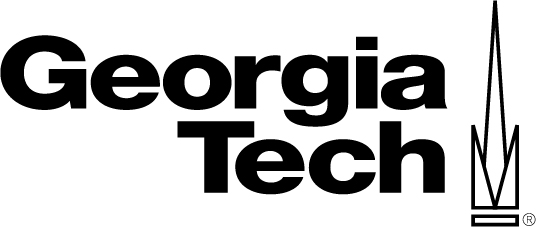|
|
|
|
|
|
Patterns can be created by using resist as a template layer, and then evaporating a material, usually metal, onto the surface of the substrate. Subsquently the sample is placed, typically, in a solvent to remove the resist layer. Thus the resist is "lifted off" along with the metal that is on top of the resist. (The metal film "lifts off" the substrate and floats in the solvent.) The end result is a patterned metal layer on the substrate where the resist was not present.
It is very important for nano-scale liftoff processes, that the pattern is as close to normal to the evaporating crucible, producing the most direct line of sight as possible. Otherwise, shadowing will occur and the nanoscale pattern will deviate from the desired designed pattern. See the following link for more information.
Sample placement during evaporation and nanometer pattern size
Some practical tips:
1. Cr seems to work better as an adhesion layer than Ti for Cu nanoscale patterns.
2. Ag will be etched/removed by 1165 (n-methyl pyrrolidinone). Liftoff must be done using Acetone at room temperature.
|


